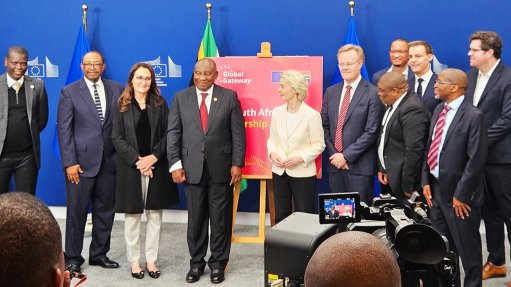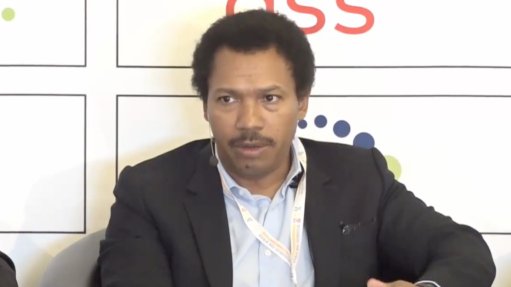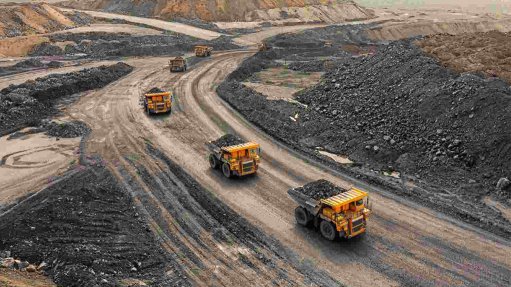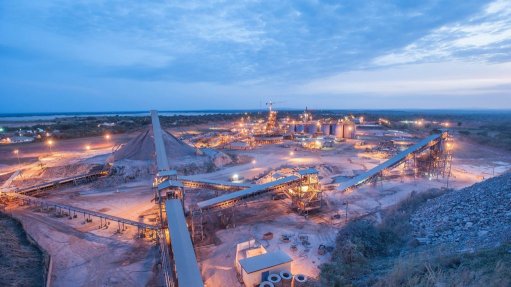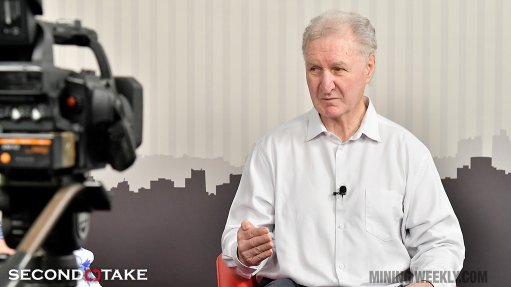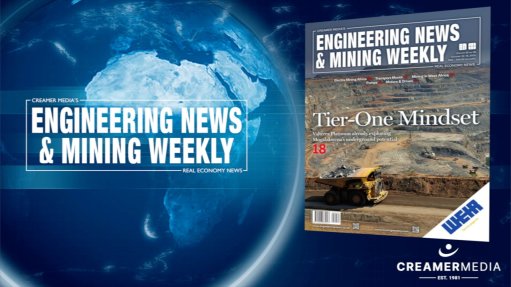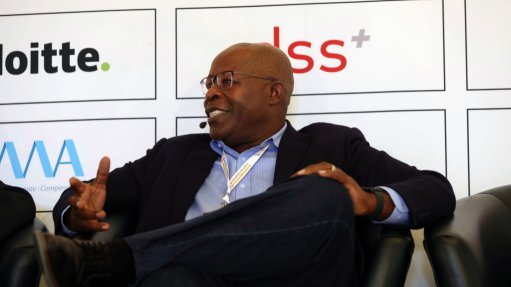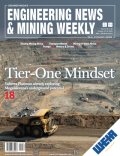Hydrogen a massive opportunity for Aus - Woodmac
PERTH (miningweekly.com) – New data by advisory firm Wood Mackenzie (Woodmac) has shown that low-carbon hydrogen could become a $50-billion to $90-billion export industry for Australia in 2050.
Australia rates consistently in the top echelons for solar irradiance and has vast potential for large-scale carbon capture and storage (CCS), Woodmac noted.
With a growing project pipeline, measured at 2.94 GW of named green hydrogen electrolyser capacity as of 2020, Australia is the world’s second largest owner of hydrogen projects after the Netherlands. In 2021 alone, Australia’s pipeline of advanced and early-stage project developments has grown a further 45% to 4.25 GW.
“Australia’s key export markets - Japan, South Korea, China, India and Europe - are large carbon emitters and net importers of natural resources. Their import needs have steadily increased in the past two decades and now average at more than 70% of their total energy demand. As these countries raise climate ambitions, they will need to source clean energy to decarbonise steel, chemicals, cement, heavy-duty mobility, shipping and power generation,” Woodmac head of markets and transitions Prakash Sharma told delegates at the Australian Petroleum Production and Exploration Association (Appea) conference.
“In a net-zero emissions world, a stable and reliable source of low-carbon hydrogen supply becomes essential because it is impossible to tell how a given molecule of hydrogen has been produced. A guarantee of origin is therefore crucial to allow for minimal environmental impact, i.e., carbon leakage.
“Standards also help with risk assessment and transparent market pricing. Australia stands to benefit as rules of hydrogen shipping, transport, storage and product quality are set and accepted internationally.
“Australia’s share in the globally traded market for low-carbon hydrogen or its derivatives could reach 25-million to 45-million tonnes by 2050, equivalent to US$50-billion to US$90-billion in potential export revenue.”
Cost competitiveness continues to be a nagging point; however, Woodmac believes there are pathways to competitiveness for end-user segments.
The advisory firm said on Thursday that cost reductions would be mainly driven by large-scale, automated manufacturing of electrolysers, an increase in system size and a decline in renewable electricity costs.
The challenge is determining the best transport method for Australia’s export supply chains.
Woodmac noted that all three forms of seaborne transportation under consideration, liquid hydrogen, liquid organic hydrogen carriers and ammonia, have advantages and also challenges. The effective carrier choice depends on the end-use, purity and storage requirements.
“Our proprietary hydrogen costing and energy transition scenario modelling show Australia’s hydrogen delivered costs can fall below $2/kg longer-term, making it competitive in all end-use cases in key markets of northeast Asia,” Sharma said.
“We estimate ammonia would be the first hydrogen-carrier in the export market facilitated by Australia from mid-2020s. Low-carbon hydrogen demand in Japan and Korea reaches 30-million tonnes in 2050 with ammonia taking one-third market share on this route.”
Although there is no exploration risk to green hydrogen production, the export supply chain, which includes storage, compression, transport, decompression, is currently complicated and nascent, Sharma said.
He noted that the size of the prize for Australia depends on the speed and scale at which a global hydrogen market develops - the range is a wide 73-million to 145-million tonnes in 2050 and the opportunities are plenty.
“We believe Australia can overcome hydrogen’s logistical challenge like it successfully did in coal seam gas to liquefied natural gas projects, automated trucks and remote-control mining operations and large-scale CCS deployments. Leveraging experience from hydrogen pilot programmes and greater investment in research and development, consistent government support, partnerships and offtake agreements from Japanese and Korean firms will be crucial.
“This is a lifetime opportunity for Australia to harness its renewable energy resources and become a dominant player in the zero-carbon energy trade. It would be difficult for large Asian economies to reach climate goals without clean energy supplies from Australia.”
Press Office
Announcements
What's On
Subscribe to improve your user experience...
Option 1 (equivalent of R125 a month):
Receive a weekly copy of Creamer Media's Engineering News & Mining Weekly magazine
(print copy for those in South Africa and e-magazine for those outside of South Africa)
Receive daily email newsletters
Access to full search results
Access archive of magazine back copies
Access to Projects in Progress
Access to ONE Research Report of your choice in PDF format
Option 2 (equivalent of R375 a month):
All benefits from Option 1
PLUS
Access to Creamer Media's Research Channel Africa for ALL Research Reports, in PDF format, on various industrial and mining sectors
including Electricity; Water; Energy Transition; Hydrogen; Roads, Rail and Ports; Coal; Gold; Platinum; Battery Metals; etc.
Already a subscriber?
Forgotten your password?
Receive weekly copy of Creamer Media's Engineering News & Mining Weekly magazine (print copy for those in South Africa and e-magazine for those outside of South Africa)
➕
Recieve daily email newsletters
➕
Access to full search results
➕
Access archive of magazine back copies
➕
Access to Projects in Progress
➕
Access to ONE Research Report of your choice in PDF format
RESEARCH CHANNEL AFRICA
R4500 (equivalent of R375 a month)
SUBSCRIBEAll benefits from Option 1
➕
Access to Creamer Media's Research Channel Africa for ALL Research Reports on various industrial and mining sectors, in PDF format, including on:
Electricity
➕
Water
➕
Energy Transition
➕
Hydrogen
➕
Roads, Rail and Ports
➕
Coal
➕
Gold
➕
Platinum
➕
Battery Metals
➕
etc.
Receive all benefits from Option 1 or Option 2 delivered to numerous people at your company
➕
Multiple User names and Passwords for simultaneous log-ins
➕
Intranet integration access to all in your organisation








